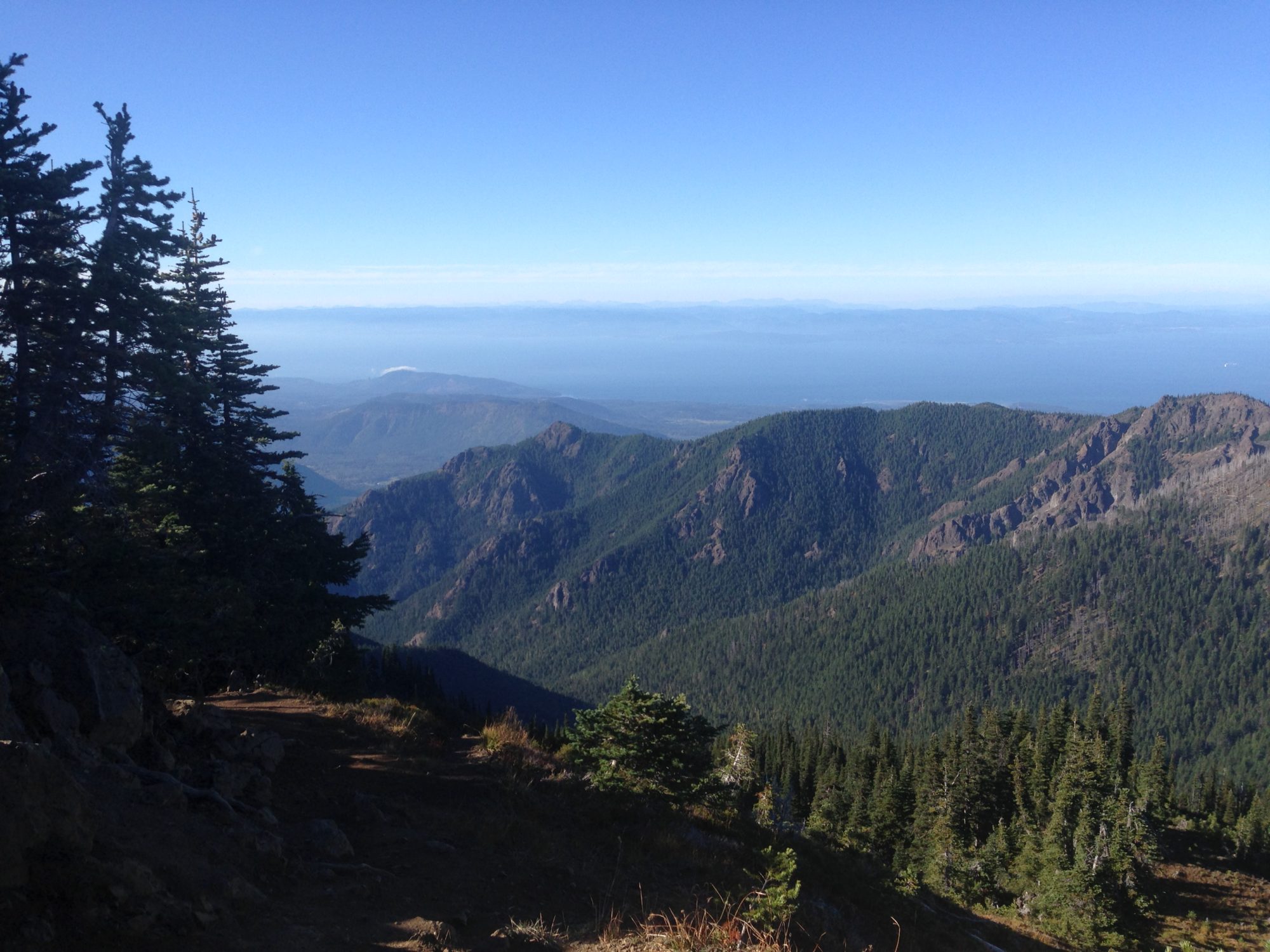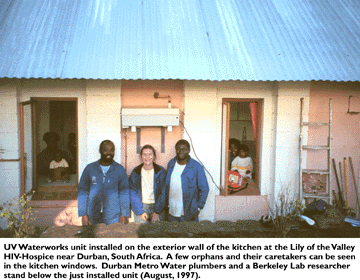What comes after “growth?” Jeremy Grantham suggests it’s “limited resources” or what I’d translate as “resource efficiency.” He suggests that the shift we’re making now might be as big as the Industrial Revolution. In a world where so many observers are talking so much about what is ending and collapsing, his is a refreshing view of what is emerging, of what comes next. via this NYTimes Magazine article.
As big chunks of the world as we know it are downgraded and dissolving, this seems a useful view to organize what comes next — in personal and organizational life. In terms of the Inviting Organization story, efficiency seems to invite and require a return to purpose. Resource efficiency would seem to be the process of not doing, using, spending anything that isn’t directly supporting Purpose, in every situation and context. So it would seem that in all contexts, purpose will be more important than ever. No longer good enough to go farther or faster in the same old direction, now we’ll have to go most efficiently, which implies that we also have to know something about the right direction. Hmmm…

